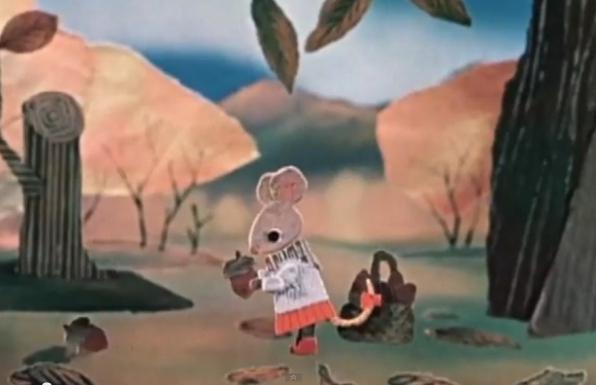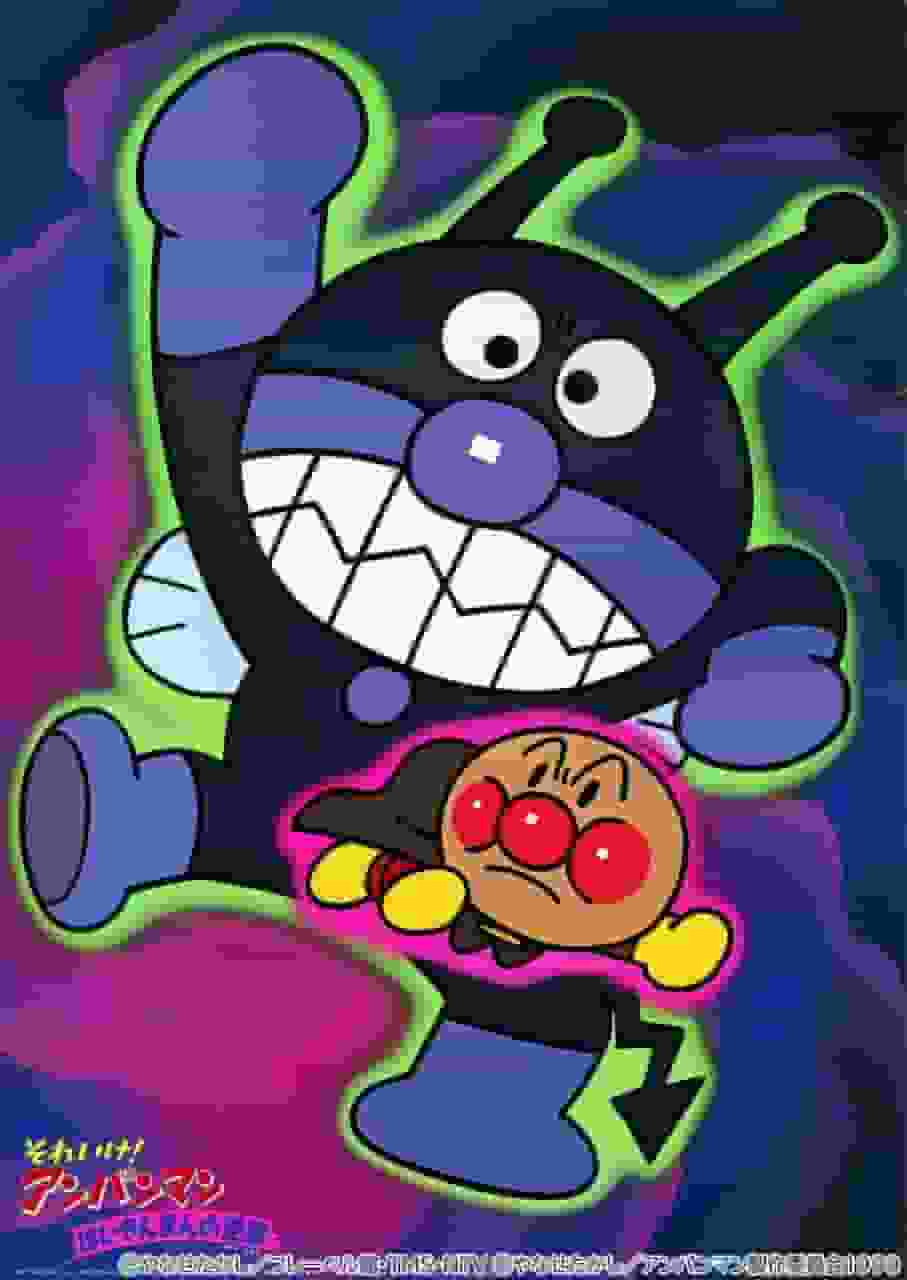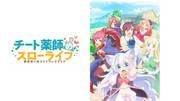The Country Mouse and the City Mouse: What is the appeal of this classic anime that depicts the contrast between the countryside and the city?

Appeal and evaluation of "The Country Mouse and the City Mouse"The 1959 short animated film "The Field Mouse and the Town Mouse" is based on Aesop's Fables. It was produced by Gakken Film Division and released in theaters. It is still highly regarded today as a work that succeeded in conveying a rich expression and profound message in a short 9-minute film. Overview of the work"The Country Mouse and the City Mouse" is a story based on Aesop's fable that depicts the differences between city and country life. The story unfolds as a city mouse visits a country mouse, and vice versa, making the viewer think about the differences in their living environments and their respective values. This work was produced using a unique technique called articulated papercut animation, and was awarded the Excellence Award at the 7th Educational Film Festival for its five-stage multiplane filming technique. Production background and technologyThe film was directed by Kazuhiko Watanabe, who also wrote the script and directed the film. Watanabe adopted a new method of expression, articulated paper-cut animation, which succeeded in maximizing the visual appeal. The film was also shot on a five-stage multiplane, which was highly praised for its technique in expressing three-dimensionality and depth. Masaru Yoshioka and Shinichi Kanbayashi were also involved in the production, and the teamwork of the Gakken Film Division enhanced the film's quality. The main staff included Masatsugu Hara and Hideo Yamamoto in charge of planning, assistant directors Kaori Teraji, Reiko Chihara, and Takayasu Koga, cinematographer Takeshi Terayama, assistant cinematographer Yasuo Kaneko, animation director Kozo Shimizu, director Tatsuji Kigawa, music composer Koji Taku, and sound effects director Yoshitatsu Sonoda. The teamwork of these staff members resulted in the film receiving high praise. Story and ThemesThe story of "The Country Mouse and the City Mouse" begins with a scene in which a city mouse visits a country mouse. The country mouse treats the city mouse to a meal of his choosing, but the city mouse is not satisfied with the simple meal and brags about his city life. In the next scene, the country mouse visits the city mouse, who offers him a sumptuous meal, but danger lurks there. In the end, the country mouse becomes frightened of city life and decides to return to his country life. The theme of the film is the importance of being satisfied with one's life. The city mouse discovers that the pursuit of luxury comes with danger and stress, while the country mouse rediscovers that a simple life can bring security and peace. This theme resonates in modern society and leaves viewers deeply moved. Visual appealThe visual appeal of The Country Mouse and the City Mouse comes from the technique of articulated paper-cut animation, which expresses the smooth movements of the characters and creates a strong visual impact. In addition, the five-stage multiplane filming technique emphasizes the three-dimensionality and depth of the background, enhancing the visual beauty. In particular, the contrast between the rural and urban landscapes is visually vivid and leaves a strong impression on the viewer. Music and sound effectsThe music was composed by Taku Koji, and the sound effects were composed by Sonoda Yoshitatsu. The music is rich in emotion and matches the development of the story, enhancing the viewer's emotions. The sound effects realistically reproduce the character movements and environmental sounds, complementing the visual expression. The music and sound effects work together to deeply depict the worldview of the work. Recognition and Awards"The Field Mouse and the City Mouse" won the Excellence Award at the 7th Educational Film Festival. This award recognized the film's high artistic quality and educational value. The film has also been included in the history of Japanese animation films, recognizing its historical significance. It has also been well received by viewers and continues to be loved by many people. Recommendations and how to watch"The Country Mouse and the City Mouse" is a work that conveys a profound message in a short time, and is recommended for a wide range of audiences, from children to adults. In particular, it has great educational value as a work that makes you think about the differences between city and country life, and the importance of being satisfied with your own life. This work can be viewed on the official Gakken Film Bureau website and various video distribution services. Please watch it and experience its charm. Related Works and ReferencesAesop's Fables, the original of "The Field Mouse and the Town Mouse," contains many other fables. In particular, "The Tortoise and the Hare" and "The Fox and the Grapes" are also popular as educational animations for children. Other works by Kazuhiko Watanabe that use the technique of articulated paper cutting animation are also useful references. Furthermore, for more detailed information and evaluations of this work, it is a good idea to refer to books on the history of Japanese animation films and animation-related books. summaryThe Field Mouse and the City Mouse is a short animated film released in 1959 and is based on Aesop's Fables. Its unique technique of articulated papercut animation and five-level multiplane filming maximize its visual appeal. The story depicts the difference between city and country life and the importance of being satisfied with your life. This work won the Excellence Award at the 7th Educational Film Festival, has been highly praised by viewers, and continues to be loved by many people. Please watch it and feel its charm. |
<<: Review of "The Little Monkey Swing": A heartwarming story and beautiful visuals
>>: Inemuribuu-chan: Thoughts and reviews on seeking a soothing sleep
Recommend
The second season of the light novel adaptation animation "Isura" was announced and will be broadcast in January 2025
The light novel "Ishura", written by Ja...
The movie "Gran Turismo: The Fast and the Furious" was announced to be released nationwide
Sony Pictures announced that the live-action GT r...
New movie "Love Relay" official trailer starring Mei Nagano and Satomi Ishihara
The new movie "The Baton of Love", adap...
Hi☆sCoool! Seha Girl - Evaluating the new adventures of charming game characters
Hi☆sCoool! Seha Girl - High School Seha Girl - Co...
The Chinese animation "Nezha: The Devil Child Comes into the World" announced that it will be released on July 26
The Chinese animation "Nezha: The Devil Chil...
"Shaman King" new TV animation additional characters revealed Dojun Li Bailong appears
The classic anime "Shaman King" is comi...
George Lucas feels disappointed and betrayed that his script wasn't used in the new Star Wars trilogy
In the recently released memoir "The Ride of...
Kyoto Animation's Studio 1 building will be demolished in January next year
According to Japan's Asahi Shimbun, Kyoto Ani...
20th Century Hour's "The Making of an Undersea City" Review: Exploring the Dreams and Reality of Future Cities
20th Century Hour "Until the Undersea City i...
New story details of "Deadpool and Wolverine": Deadpool retires and his girlfriend breaks up
In "Deadpool 2", Deadpool saved his gir...
Pikaia! Pilot Episode Review and Rating
Pikaia! Pilot Episode - The charm of an animated ...
The new theatrical version of the classic "Mercury Navigator" will be officially released on March 5
The official announcement of the completely new t...
The horror movie "The Invisible Man" has been released and the overall evaluation is very good
On February 25, US time, the horror movie "T...
Russell Crowe's new film "Unhinged" first released trailer: Don't get angry with strangers
Russell Crowe's new film "Unhinged"...
The appeal and evaluation of the musical fantasy "Jack and the Beanstalk"
Musical Fantasy Jack and the Beanstalk - A Journe...









